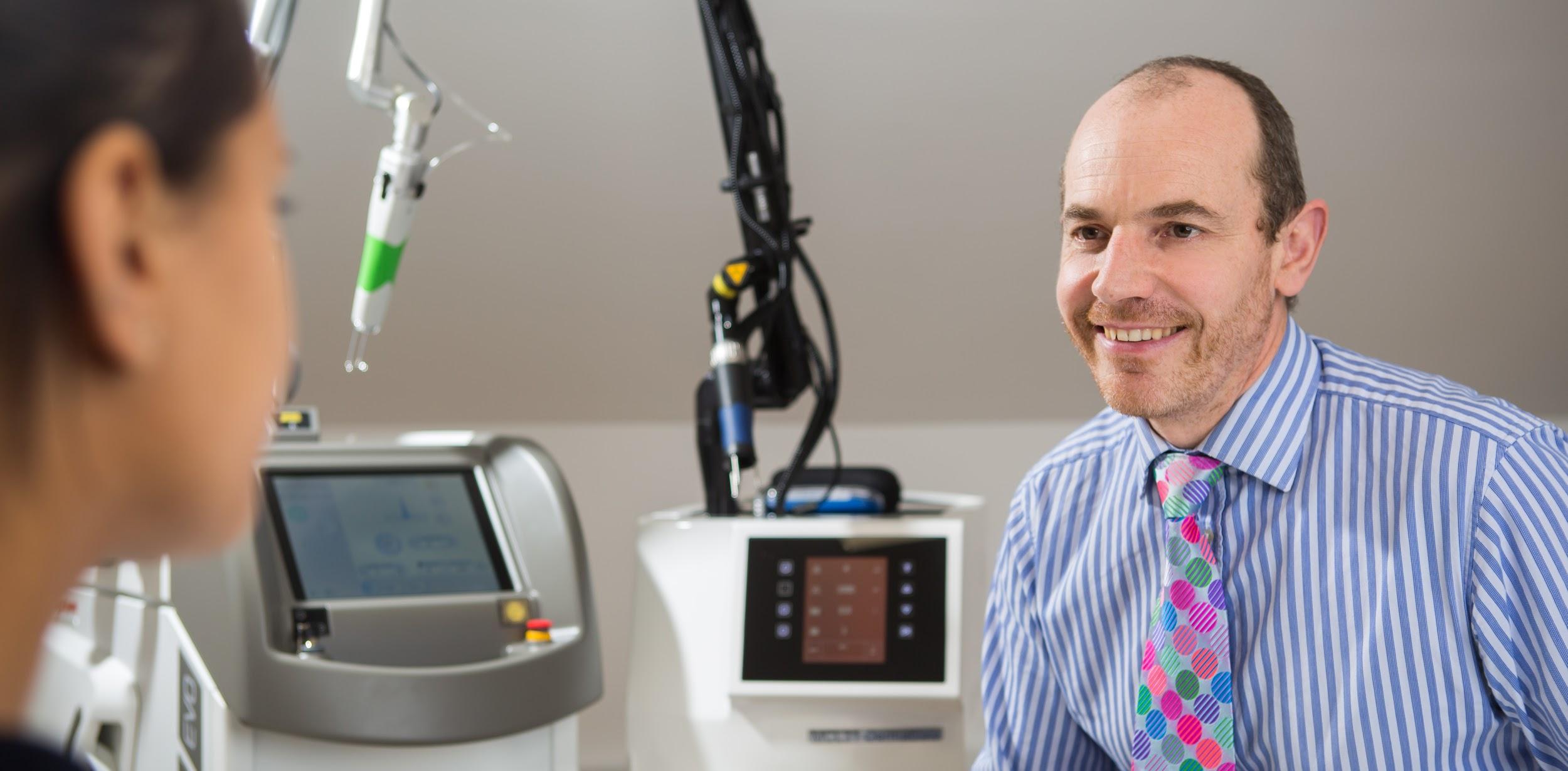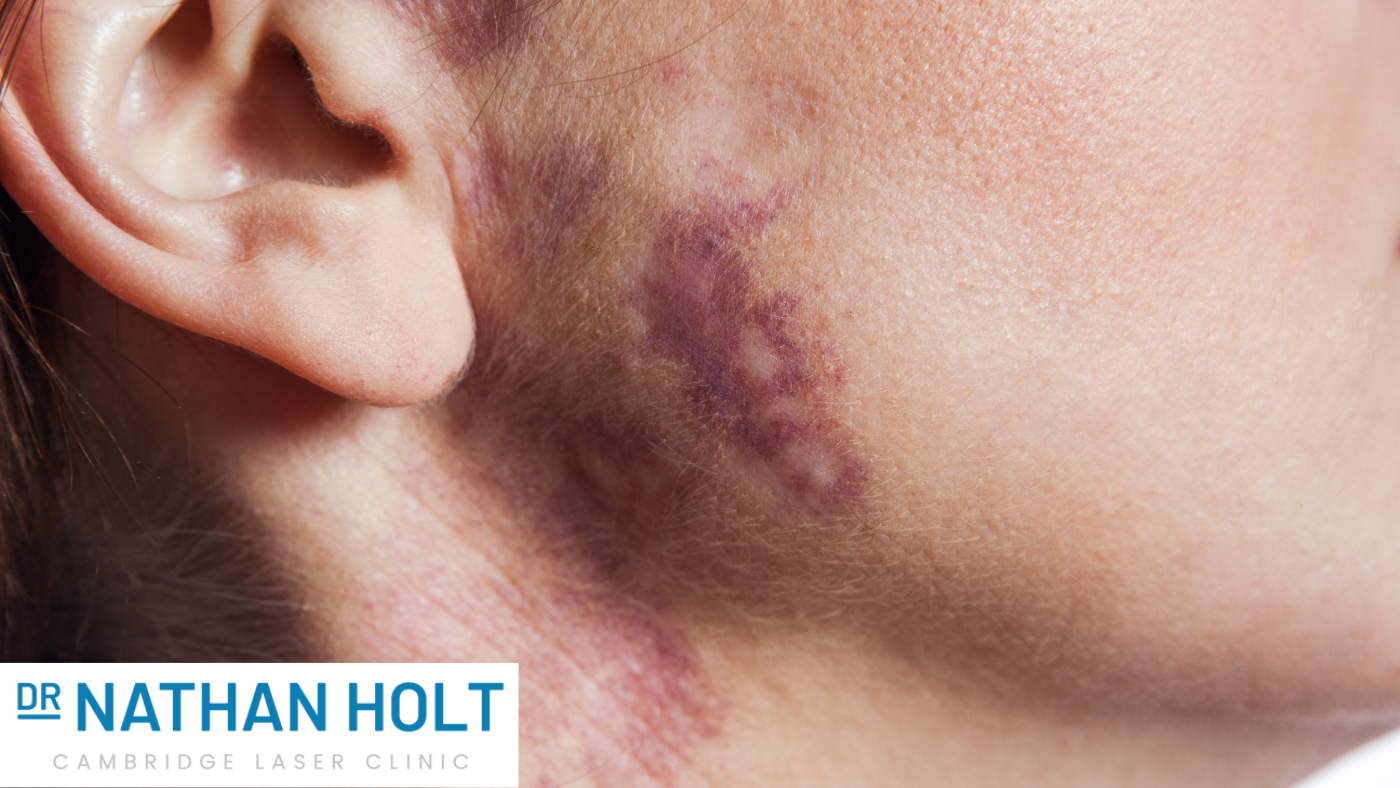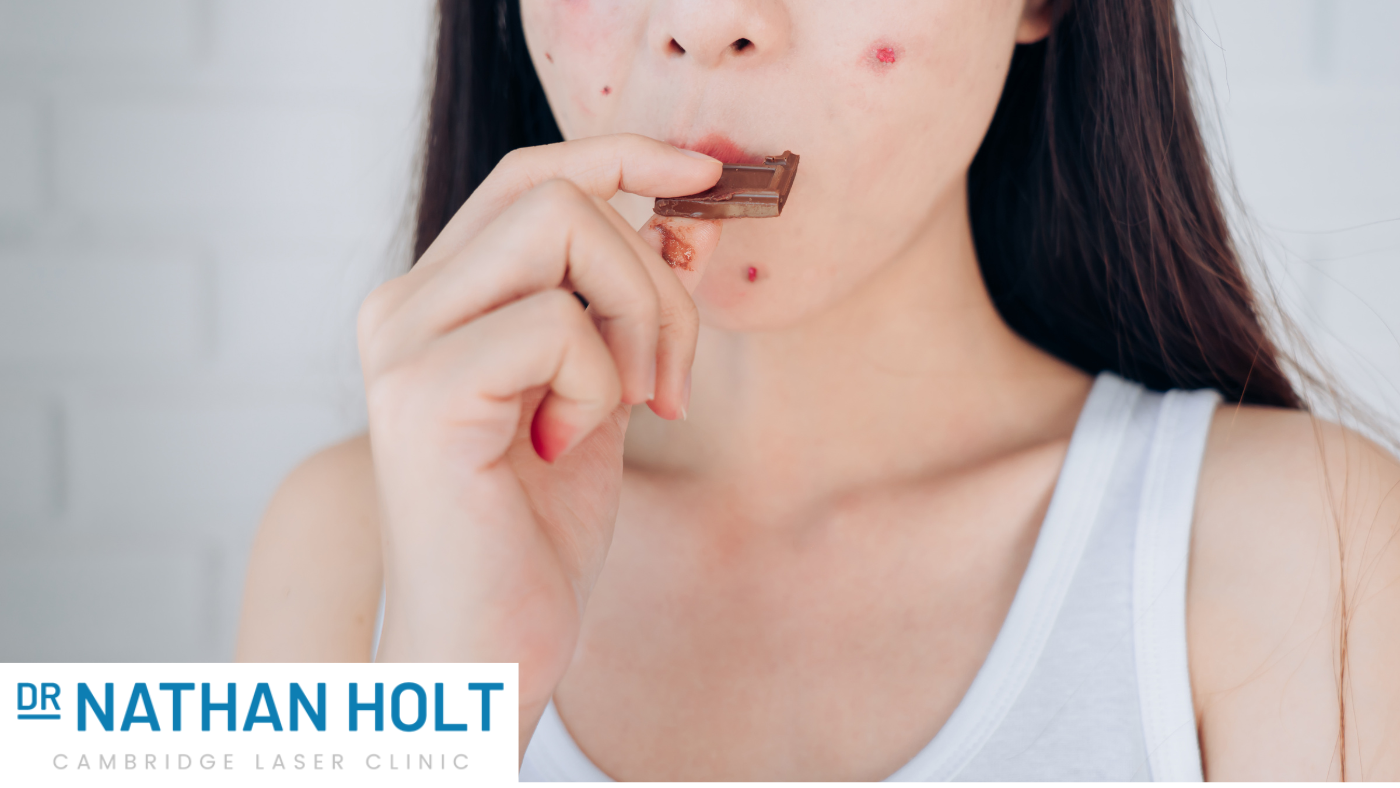Rosacea, a chronic skin condition characterised by facial redness, swelling, and visible blood vessels, can…

Postpartum Stretch Marks: Can They Be Removed Permanently?
Unless you are extremely lucky, you will have a stretch mark or two, as most people do. These appear as a result of the skin stretching too far, too quickly. When there is an imbalance between collagen and elastin in the skin, the skin stretches more than it’s able to, and stretch marks form. This is because the lack of collagen means the skin can’t keep up with the amount of stretching required, and it begins to tear. The most common type of stretch mark is a linear stretch mark, which appears as a red or pink scar in the middle of the skin. The colour will fade over time, slowly becoming less visible, but it’s unlikely for stretch marks to go away on their own completely. Thankfully, there is a range of effective treatment options.
What are Stretch Marks?
Anyone can get stretch marks, and the majority of people have at least a few. They can happen due to growing or gaining weight quickly or even if your body changes shape rapidly. However, it’s often women during pregnancy that experience the most dramatic stretch marks. This is because the body changes a lot during pregnancy, often in a relatively short amount of time, and the skin struggles to keep up with the growth. Pregnant women often notice stretch marks on their stomachs, breasts, thighs and buttocks. These are the areas that expand, and the skin has to stretch to accommodate this.
Unless a skin condition, stretch marks are not contagious and cannot be spread from one area of the body to another. They are regularly found on areas of the body that are subject to a lot of change, such as the stomach and breasts. This is why you are less likely to find stretch marks on parts that don’t change, such as hands and feet, and more likely to find them on areas with larger fat deposits. Though it’s possible to avoid stretch marks somewhat, it’s hard to avoid them altogether. This is especially true during pregnancy when you have very little control over how the body grows and changes. Avoiding rapid weight gain can reduce the chances of stretch marks appearing, but this isn’t possible during pregnancy.
What Causes Postpartum Stretch Marks?
When the skin stretches rapidly, there isn’t enough collagen to increase the elasticity, and the skin begins to tear and become damaged. This reduces the thickness of the skin, the damaged area becomes more transparent, and the blood vessels begin to show. This is what forms the visible stretch mark and creates red or purple colouring. Eventually, these blood vessels contract and the discolouration begins to fade somewhat, resulting in a permanent scar.
Postpartum stretch marks are by no means dangerous, and they are rarely painful. Occasionally, you might experience an itching or burning sensation, but this tends to be a minor discomfort at most. There is no need to worry about the physical implications of stretch marks, nor do you need to think twice about them negatively impacting your health. However, a lot of people struggle to overcome the aesthetic side of things.
There is a lot to get used to after pregnancy, as the body changes in a number of ways. Many women find themselves feeling self-conscious of their postpartum stretch marks, and it’s not uncommon to want to hide them away. Fortunately, to help with any feelings of low self-esteem from the scaring, there are methods to reduce the visibility of postpartum stretch marks.
Can You Permanently Remove Postpartum Stretch Marks?
Several cosmetic products are marketed as ways to remove postpartum stretch marks effectively. Retinoid creams and hyaluronic acid are popular, and these do work to some extent on new stretch marks. However, they are less effective on stretch marks that have been there for a while. It’s also important to avoid using these products if you are pregnant, and they should be reserved for postpartum use. Though somewhat effective, retinoid creams and hyaluronic acid rarely remove postpartum stretch marks entirely or permanently.
At Cambridge Laser Clinic, we can improve the appearance of postpartum stretch marks using pulsed dye lasers. As energy from the laser is absorbed by the blood vessels under the postpartum stretch marks, they begin to collapse before being absorbed back into the body. This causes the red or purple colouring to fade considerably, and some eventually disappear completely. One of the great things about using pulsed dye lasers is that the surrounding area isn’t damaged in any way; they only impact the specific stretch mark and not the healthy skin elsewhere. There is very little pain, discomfort or downtime needed after laser treatment.
Fractional lasers are highly effective in the treatment of older stretch marks. These tend to be white or silver in colour, and they can be treated using an Er Yag 2940 nm laser. This type of laser uses very small laser beams to target undamaged cells in the stretch mark, allowing them to move to the area and heal the damage. This encourages the skin to produce more collagen, which smooths out the scarred area and pulls the sides of the stretch mark together.
As there are two main laser removal options for postpartum stretch marks, our Cambridge Laser Clinic specialist must assess your needs before coming up with a plan of action. Depending on the severity and age of the stretch marks, we will choose either pulsed dye laser or fractional laser treatment.
Postpartum Stretch Mark Removal
Whether you have stretch marks on your stomach or buttocks, thighs or breasts, our experts are able to provide unbeatable laser solutions. To learn more about postpartum stretch mark removal at Cambridge Laser Clinic, speak to a specialist.



